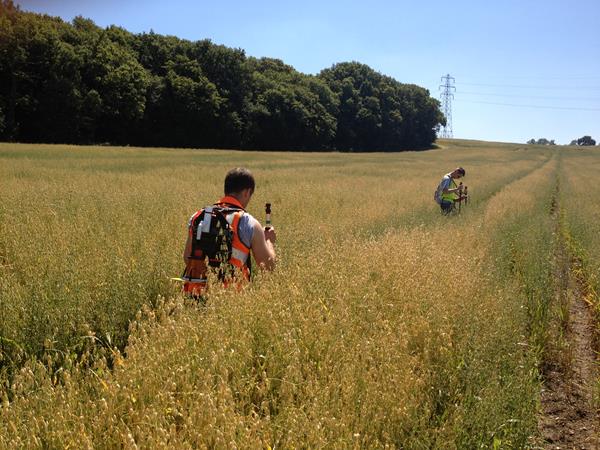external corrosion direct assessment (ECDA) Surveys
ECDA (External Corrosion Direct Assessment) is a method for evaluating the seriousness and extent of external corrosion. Using this information it is possible to calculate the remaining strength of the pipeline and hence the maximum allowing operating pressure (MAOP). It is also possible to estimate the corrosion rate and thus determine the time to failure for a given pressure.
External corrosion is controlled by the application of resistive coatings, known as passive protection, and cathodic protection, known as active protection. With few exceptions it is not possible to achieve a 100% effective passive protection. For this reason the cathodic protection is applied to prevent corrosion at those areas where the coating has failed.
The ECDA, therefore, has to consider two principle corrosion protection failure mechanisms - the coating and the cathodic protection. Once the failure locations have been identified it is necessary to undertake (direct) measurements of the pit depths and wall thickness around the full circumference of the pipe to calculate the MAOP and remaining life.
There are a number of methods to achieve this indirectly (through above ground surveys), and these are summarised here.













